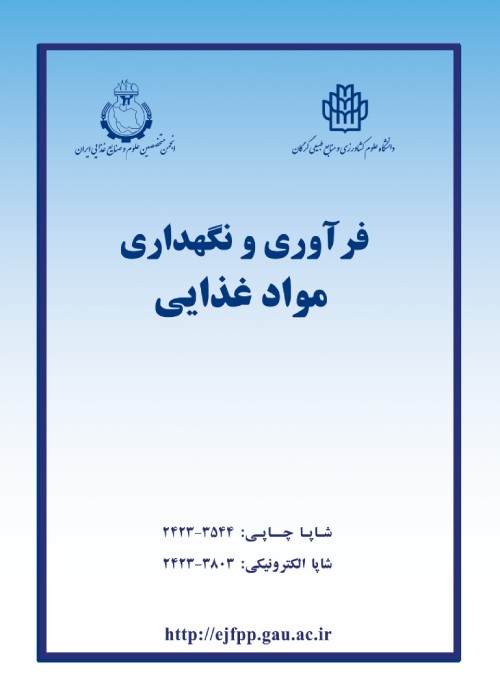Comparative study on rheological properties of wood and bacterial cellulose nano-fibers and chitin nano-fiber gels
In this study, the rheologhcal properties of wood cellulose nanofiber (W-CNF), bacteria derived cellulose nanofiber (B-CNF) gels and chitin (ChNF) nanofiber gel were evaluated and copared.
Cellulose has long been used in the form of wood and plant fibers as a source of energy, building and clothing materials. Bacterial cellulose due to its high purity and much more suitable properties than plant cellulose, Has been used as a suitable biomaterial for various purposes, such as paper, electronics, food, acoustics, biomedicine, tissue engineering and medicine industries. The properties of nanocells (such as mechanical properties, thin film properties, viscosity, etc.) make it an interesting material for many applications. Chitin is the most abundant natural polysaccharide after cellulose and its most important source is the marine crustaceans and the cell wall of some plants.
In this study each nanogel was prepared in 2 concentrations of 0.5 wt% and 1 wt% for rheological study. Rheological properties such as oscillatory strain sweep, oscillatory strain control and shear rate sweep were measured using a rotational rheometer. The flow behavior data were fitted with rheological models. Nano paper was prepared to study on morphological and chemical properties and SEM, FTIR and AFM tests were performed on them.
SEM showed that the average diameter of MCNF, BCNF and ChNF obtained were 35, 48 and 26 nm, respectively. The AFM pictures showed W-CNF had higher height difference resulting from the cellulosic strands arrangement and non-uniformity of them. The B-CNF had lower height difference, because of its more uniform surface and structure Nano-fibers have network structures. Most of the characteristic peaks of the BCNF, WCNF, and ChNF were observed in the same positions. The 1% concentration of bacterial cellulose had higher storage modulus than other nanogels. Whit increasing in nanogels concentration, their texture strength was increased and made strong gel. Nanogels had Intertwined and strong texture and at low frequencies they had elastic behavior but their matrix texture loses its strength at high frequencies and becomes two-phase and their behavior changed to viscous state. The viscosity of nanogels decreased uniformly with increasing shear rate. When the concentration of nanogeles increased, their viscosity was increased. All nanogels had Pseudoplastic and non-Newtonian behavior. When the concentration of nanogeles increased, the amount of hysteresis increased. Bacterial cellulose nanogels had higher area of hysteresis. The shear thinning behavior can be due to the weak bonds breakdown between particles.
- حق عضویت دریافتی صرف حمایت از نشریات عضو و نگهداری، تکمیل و توسعه مگیران میشود.
- پرداخت حق اشتراک و دانلود مقالات اجازه بازنشر آن در سایر رسانههای چاپی و دیجیتال را به کاربر نمیدهد.


